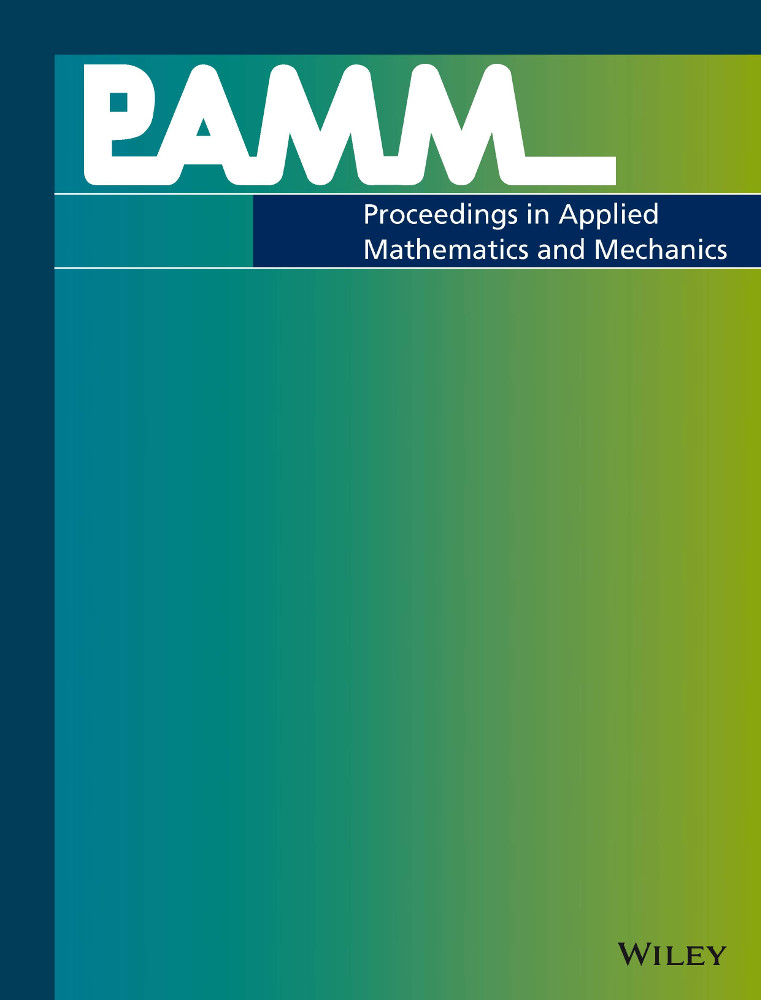Application of radial basis functions in strain analysis of digital image correlation
Abstract
Digital image correlation systems provide the motion of material points on the surface of a specimen or a component. Commonly, local interpolation concepts are chosen to determine the in-plane strains or principal stretches. However, this approach yields discontinuous fields. In this paper, a global interpolation concept, particular, radial basis functions is considered to determine the displacement and in-plane strain field and to overcome the underlying problem of discontinuities. Since there might be boundary effects, i.e. there are larger errors in the approximation of the strains in comparison to analytical verification examples, multiquadric are applied as particular radial basis function. It turns out that the error becomes smaller at the edges of the domain of interest, although the condition number of the resulting systems of equations in the applied interpolation scheme, might be critical. However, the studies at additively manufactured parts lead to the conclusion that the approach is promising for real-world applications.
Acknowledgments
Open access funding enabled and organized by Projekt DEAL.




